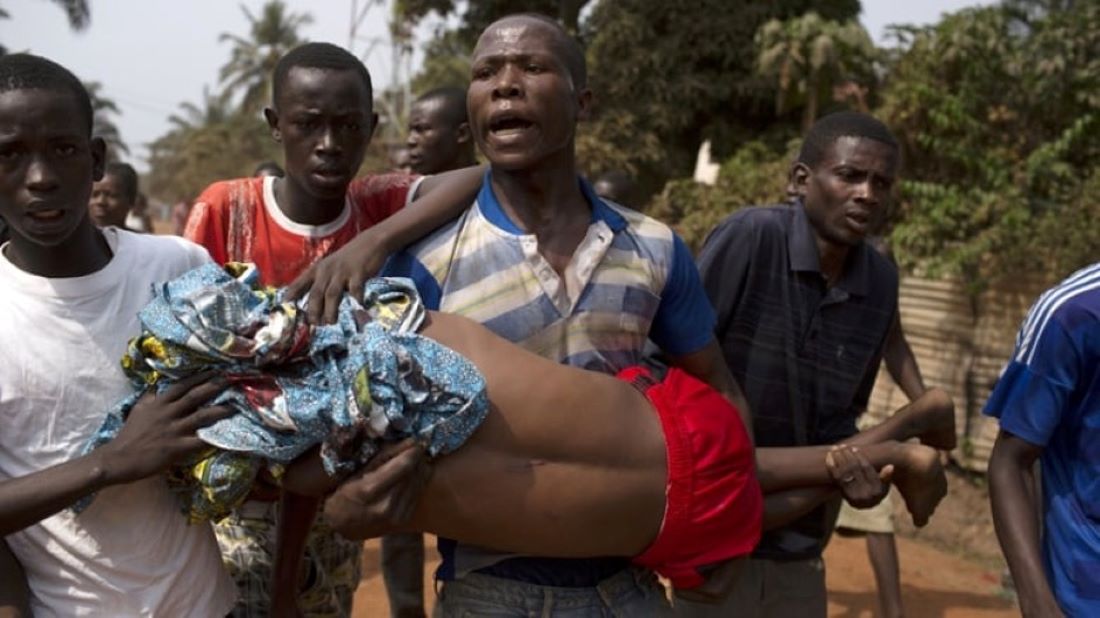By Eirini Tassi,
Last spring, I was able to attend the ongoing trial of Patrice-Edouard Ngaïssona and Alfred Yekatom in the International Criminal Court (ICC). As the name and order of the tribunal suggest, this was no “ordinary” trial, but one dealing with the borderline of human morality: war crimes and crimes against humanity. Both Ngaissona and Yekatom, who are currently held in ICC custody, led the anti-Muslim militia movement “anti-balaka” into executing systemic religious cleansing of Islamic communities within the Republic. This coalition became a core actor of the civil war in the Central African Republic which – although weakened – is still actively ongoing. And while the answer to when it will end is still hard to find, the complex and multilateral network of events of the past decade provides a clear explanation of when, how, and why it started.
François Bozizé and the creation of anti-balaka
François Bozizé obtained executive power in CAR by holding a military coup d’etat against President Ange-Félix Patassé, in March 2003. And while he was the country’s army chief of staff for years before proclaiming himself president, he was ironically unable to maintain security and order in the domestic environment. He thus subsequently encouraged the creation of self-protection groups in numerous villages, to fight potential local-level threats (Mellgrad 2016). These groupings, which were mainly composed of Christian fighters, developed into what we now know as “Anti-balaka”, which in the Sango language indicates power over AK-47 rifles and machetes (ibid).
Giving inexperienced citizens the partial monopoly of violence was alarming as it is, but given the fact that Bozizé and his government solely supported Christians from his ethnic clan Gbaya, this culminated in a large power imbalance between these groups and the country’s (predominantly) Muslim minorities. This and the wider incompetence of Bozizé to govern the state culminated in the Central African Republic’s bush civil war from 2004 to 2007. This domestic conflict was a catalyst for religious and ethnic polarization, especially between Christians and Muslims. Therefore, even after signing the Libreville Comprehensive Peace Agreement in June 2008, offensive aggressions towards Islamic communities augmented, and Bozizé, who had promised to ease the tensions, sat back and watched. Needless to say, these communities did not like that.
Retribution: The 2013 Coup, Séléka, and the (unsurprising) war crimes
Muslim ethnic minority groups wanted Bozizé gone. They felt that the whole politico-economic organization of the country was unilaterally benefiting his ethnic and predominantly Christian clan while creating institutional boundaries for Muslim and other ethnic nationals to access education, healthcare, and government positions. While they hoped for change after signing the 2008 Peace Agreement, Bozize’s repetition of the same patterns of religious marginalization in the following years urged them to reach one collective solution: to depose him.
They took matters into their own hands and many groupings that had loosely fought side-to-side in the civil war, fused together to create the Séléka coalition which signifies “alliance” in Sango. Led by Muslim politician Michel Djotodia, the Séléka executed a coup d’état on the 24th of March 2013 and violently removed Bozizé from power. While this meant wider Islamic representation in political governance, the newly established President Djotodia was not much better. Under his leadership, Séléka militias performed consecutive offenses on Christian villages throughout the country, killing thousands through lynchings, burning down property, and displacing whole communities. The country hence appeared to have essentially replaced one violent, polarized leader with another. The Anti-balaka responded with similar aggressions with war crimes and atrocities against humanity heightening in the 2013-14 period. When asked when this violence will end, the most common Anti-balaka response was “when Djotodia resigns”. Many of its members – and even its generals – claimed that the attacks they had produced were nothing more than a revengeful response to the Séléka’s aggression and that they would immediately seize violence when Djotodia removes himself from power.
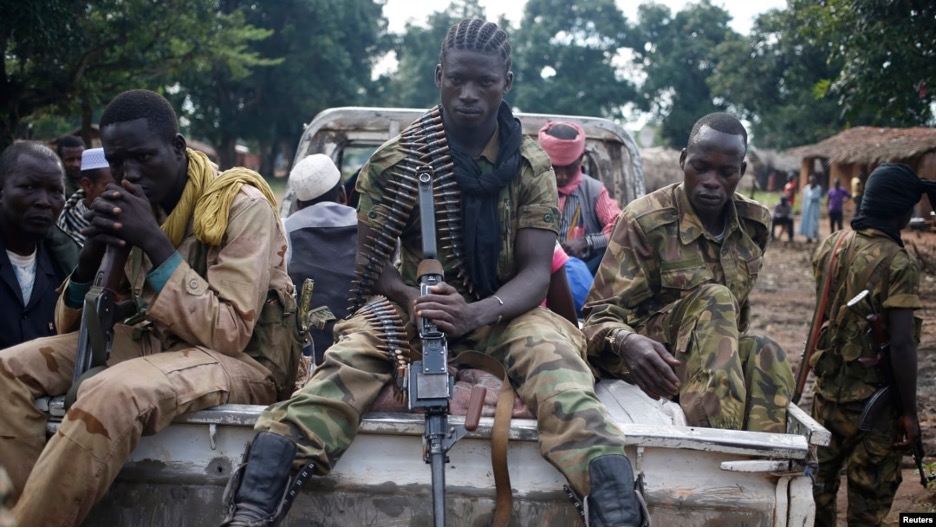
Retaliation: Djotodia steps down, the anti-balaka do not
Indeed, after heavy pressure and continuous anti-balakan aggression, Djotodia resigned on January 10th, 2014, not even a year after taking power. But did the anti-balaka live up to their promise? Murders of entire Muslim families, lootings of Islamic villages and communities, and the thousands of desperate Muslims “camping” in airports to flee persecution are clear indications that they did not. The Human Rights Watch reported that in the Western CAR town of Yaloké, the Muslim population had decreased from around 30,000 before the conflict, to merely 500 just a month after Djotodia’s resignation. And that is not even the most shocking example there is: Vice News reported in 2014 that the Muslim population in CAR capital Bangui went from 130,000 to less than a thousand in a matter of months.
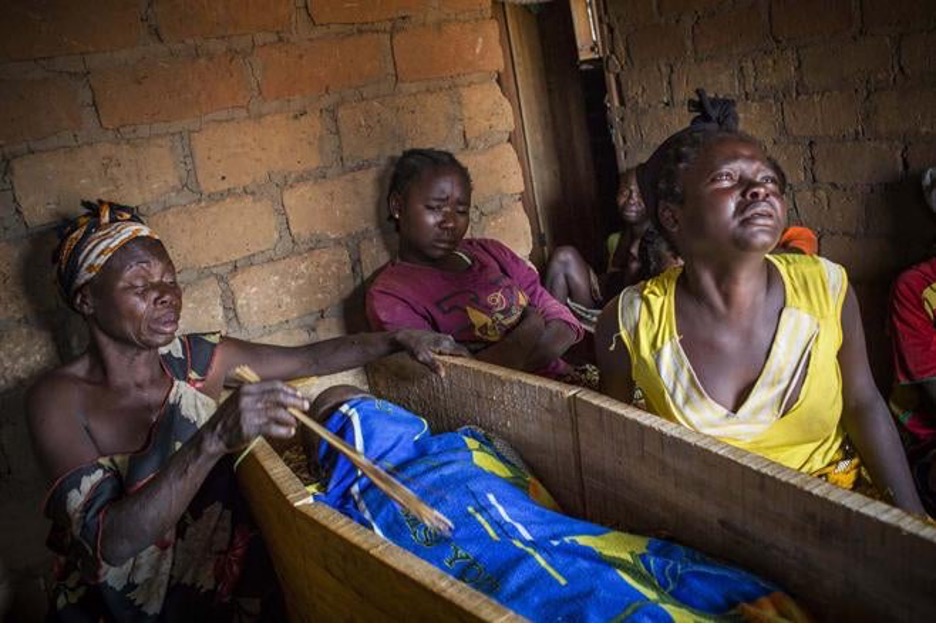
Vicious cycle: Will it ever end?
This systemic retribution and retaliation from both the Séléka and the Anti-Balaka militias have created a pattern of continuous war episodes, where both sides attack one another as revenge for previously-inflicted violence. Despite the relative weakening of the Séléka side in recent years, the anti-balaka has been maintaining systemic aggression within the Republic and has even tried to violently intervene in the 2020-2021 CAR general elections, killing a UN peacekeeper in the process.
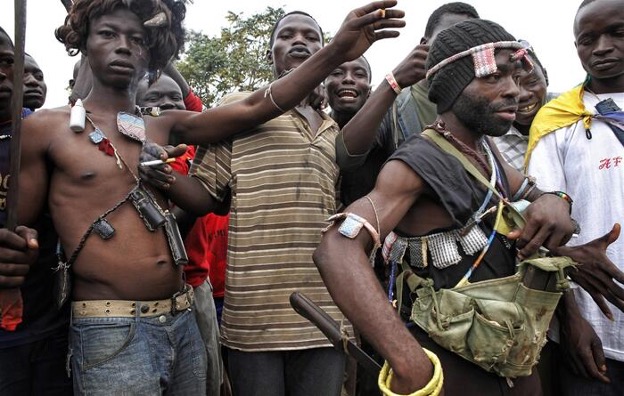
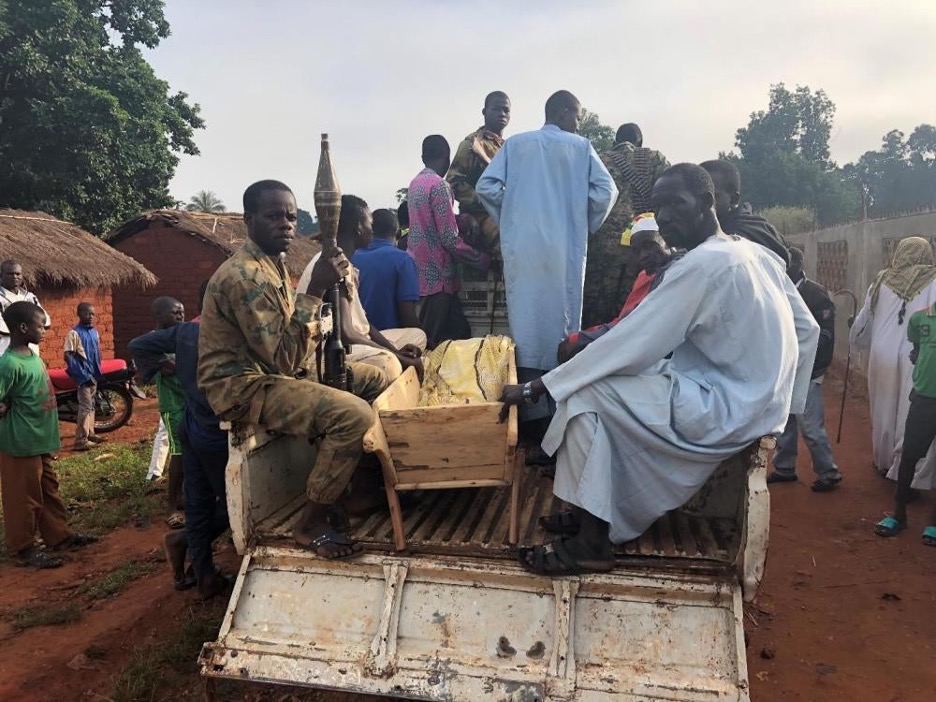
There is nevertheless no doubt that with the aforementioned ICC arrest of Anti-Balaka leaders Ngaissona and Yekatom and this March-2022 arrest of their fellow leader, Maxime Jeoffroy Eli Mokom Gawaka, the civil-war tensions have somehow decelerated. Even the last French troops, who were part of a larger UN-peacekeeping operation to contain anti-balakan violence, withdrew from the Republic in December 2022. Yet, despite becoming more sporadic, these bilateral militia tensions have already left and continue to leave their blood-stained mark in CAR communities: hundreds of thousands of people displaced, a nearly eradicated domestic Muslim minority, and an ethnic polarization entrenched so deep in CAR political culture, that it is unclear whether the nation can ever recover from it.
References
-
Anti-Balaka militia on the revenge path in the Central African Republic – BBC News. YouTube.com. Available here
-
Briefing: Who are the anti-balaka of CAR?. reliefweb.int. Available here
-
Central African Republic attack kills Muslim ex-leader. cbc.ca. Available here
-
Central African Republic – Francois Bozize. globalsecurity.org. Available here
-
Central African Republic: ICC Holds Anti-Balaka Leader. hrw.org. Available here
-
Mokom Case. icc.cpi.int. Available here
-
Last French troops leave Central African Republic amid closer Bangui-Moscow tie. france24.com. Available here
-
Welz, Martin. (2014). “Briefing: Crisis in the Central African Republic and the international response”, African Affairs, 133: 453, 601–610.
-
Yekatom and Ngaïssona case. icc.cpi.int. Available here

